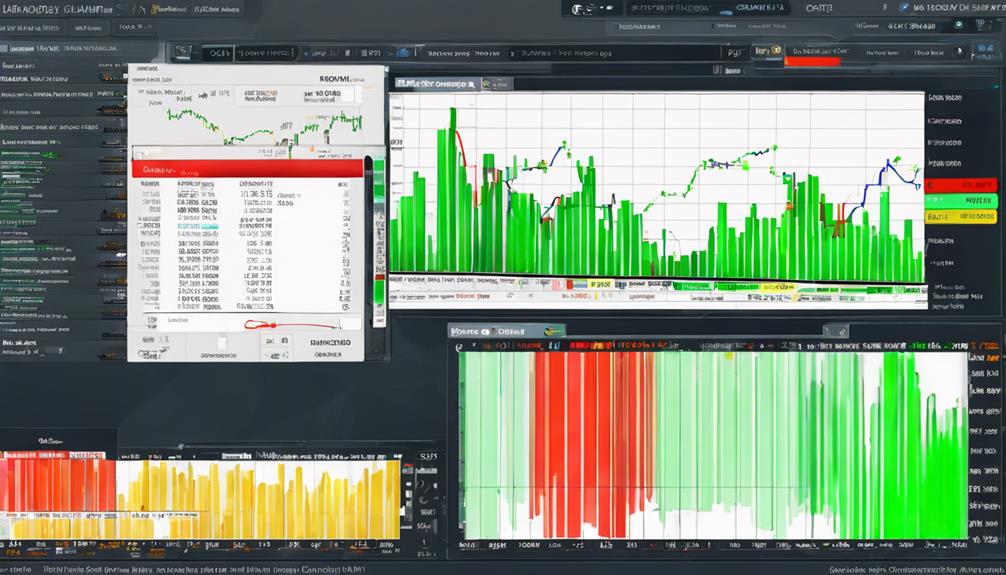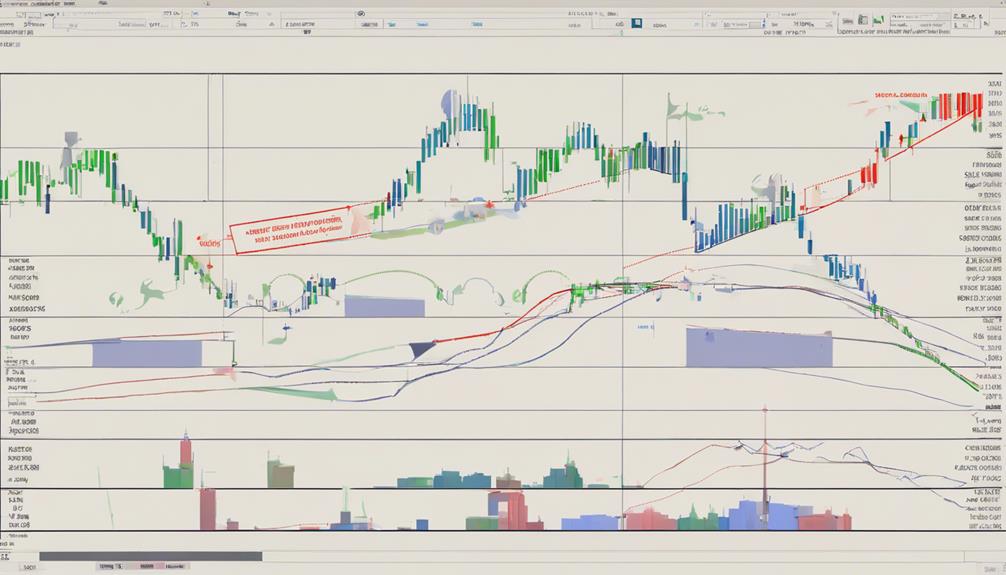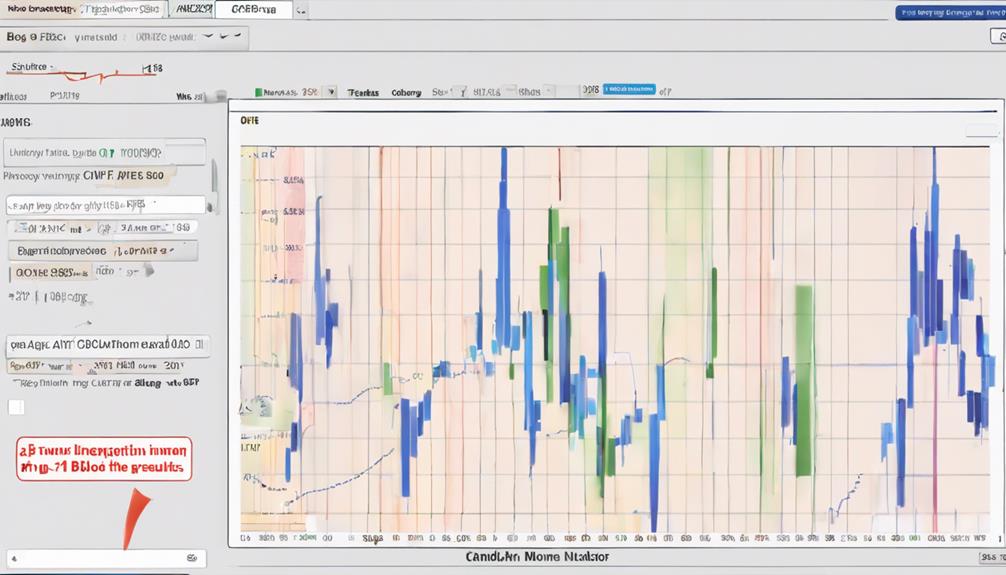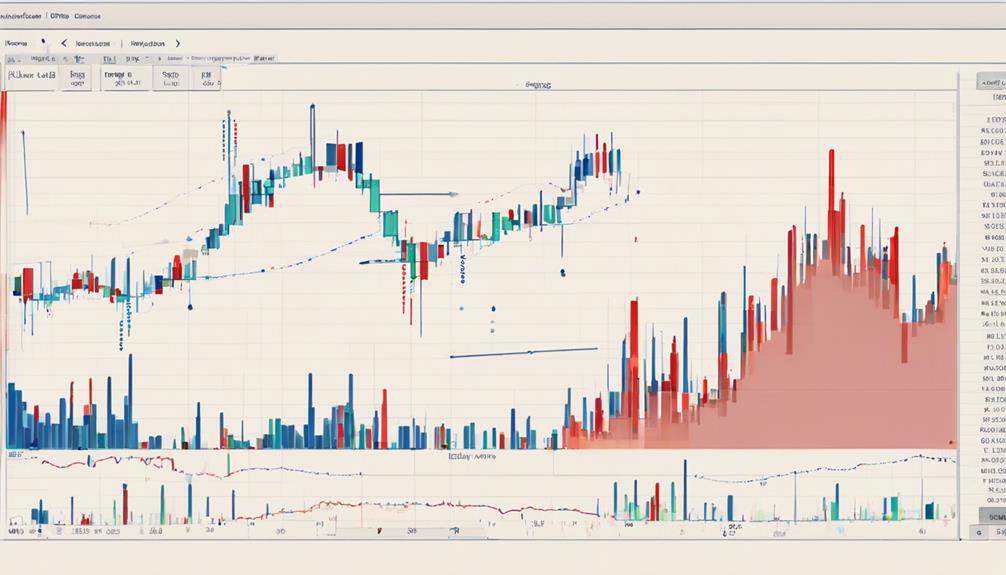The intricacies of the Chaikin Money Flow Indicator and Volume Analysis offer a deep insight into market dynamics that can significantly influence trading decisions. Understanding how these tools interact to gauge market sentiment and potential price movements is essential for traders looking to navigate the complexities of the financial markets.
Through a systematic analysis of money flow, volume patterns, and market trends, investors can gain a competitive edge in anticipating market shifts and identifying optimal entry and exit points. By unraveling the nuances of these indicators, traders can unlock a treasure trove of valuable information that can potentially enhance their trading strategies and outcomes.
Chaikin Money Flow Indicator Overview
The Chaikin Money Flow (CMF) indicator was created by Marc Chaikin in the 1980s. It helps track the accumulation and distribution of stocks over a 21-day period. This indicator combines price and volume data to show the flow of money into or out of a security. Positive money flow happens when the closing price is above the midpoint of the high-low range, showing accumulation. Negative money flow occurs when the closing price is below the midpoint, indicating distribution.
This tool is crucial for traders and analysts as it provides insights into the buying and selling pressure of a stock. By understanding the money flow trends, market participants can make more informed decisions about their trading strategies and investment positions.
Importance of Volume Analysis

Indispensable for market analysis, volume assessment plays a crucial role in validating the vigor of price movements. When considering the importance of volume analysis:
- Confirmation of Price Movements: Volume analysis helps confirm the strength or weakness of price movements in the market.
- Bullish Momentum Indication: High volume during price increases suggests bullish momentum, while low volume may indicate a lack of conviction.
- Insights into Market Trends: Volume analysis can provide insights into the sustainability of price trends and potential reversals.
- Enhanced Decision-Making: Understanding volume patterns alongside price movements can enhance decision-making in trading and investing.
Calculating Chaikin Money Flow

A key step in analyzing market dynamics and identifying potential trading opportunities is calculating the Chaikin Money Flow indicator. The Chaikin Money Flow (CMF) is a technical analysis indicator that combines price and volume data to measure the buying and selling pressure for a specific asset.
The calculation involves determining the money flow multiplier, which considers whether the closing price is in the upper or lower half of the daily price range. This multiplier is then multiplied by the volume to calculate the money flow volume. The CMF value is then computed over a standard period of 21 days, providing insights into the flow of money in and out of the asset.
The Chaikin Money Flow indicator is particularly useful in detecting potential trend changes. It is considered positive when the CMF is above zero, indicating buying pressure, and negative when below zero, suggesting selling pressure. Understanding how CMF is calculated allows traders to interpret this indicator effectively and incorporate it into their overall trading strategy for better decision-making.
Interpreting Chaikin Money Flow Results

Building on the calculation process of the Chaikin Money Flow indicator, interpreting the results offers valuable insights into market dynamics and potential trading opportunities.
- CMF Range: CMF values ranging from +1 to -1 indicate buying or selling pressure in the market.
- Accumulation vs. Distribution: Positive CMF values signal accumulation of a stock, while negative values point towards distribution.
- Market Trends: CMF helps in identifying shifts in money flow and buying/selling momentum, aiding in understanding market trends.
- Zero Line Visualization: The CMF oscillator format around the zero line visually represents the balance between accumulation and distribution, crucial for financial analysis.
Application of Volume Analysis

Utilizing volume analysis in market research provides essential insights into trading activity and market sentiment, offering valuable indicators for making informed investment decisions. By examining the trading volume of a security over a specific period of time, investors can gain a deeper understanding of market dynamics. High volume during price increases often indicates strong buying pressure and bullish sentiment, potentially supporting the continuation of an upward trend. Conversely, low volume during price declines may suggest weak selling pressure, hinting at a possible trend reversal. Volume analysis can help confirm price trends, signal potential reversals, and provide insights into market sentiment.
When combined with technical indicators such as the Chaikin Money Flow (CMF), volume analysis becomes even more powerful. The CMF uses both volume and the security's closing price to measure the accumulation and distribution of money in a security. This can help traders identify buy and sell signals more effectively, with the CMF period crossing above zero indicating a buy signal and crossing below zero indicating a sell signal. Integrating volume analysis with technical indicators like the CMF can enhance trading decisions by providing a comprehensive view of market conditions.
Is Volume Analysis Important in Understanding the Chaikin Money Flow Indicator?
Yes, volume analysis is crucial in understanding Chaikin Money Flow Indicator. By analyzing the volume of trades, one can gain a deeper understanding of the strength of buying and selling pressure behind the indicator’s movements. This data provides valuable insight into market trends and potential price reversals, making it an essential component in understanding Chaikin Money Flow Indicator.
Frequently Asked Questions
How Do You Read Chaikin Money Flow?
To read Chaikin Money Flow, analyze the oscillator's movement around the 0-line. Positive values indicate buying pressure, while negative values suggest selling pressure. Divergence from price trends may signal potential reversals. Understanding these dynamics aids in informed decision-making.
How Do You Read a Money Flow Indicator?
In analyzing a Money Flow Indicator, it is crucial to interpret positive values as indicative of buying pressure and negative values as reflective of selling pressure. This data-driven approach aids in identifying market trends and potential reversals accurately.
How Does the Chaikin Indicator Work?
The Chaikin Money Flow indicator assesses stock accumulation or distribution over a period. It oscillates around zero, with green for accumulation and red for distribution. The indicator's relationship between closing prices and volume helps identify buying and selling pressure.
How Do You Read Chaikin Volatility Indicator?
The Chaikin Volatility Indicator provides a quantitative measure of price movement intensity, reflecting the high-low range over a specific timeframe. Higher values signify increased volatility, aiding traders in assessing potential fluctuations and optimizing risk strategies.
Conclusion
In conclusion, understanding the Chaikin Money Flow Indicator and Volume Analysis is crucial for traders to assess market trends and make informed trading decisions.
One interesting statistic to highlight is that studies have shown that incorporating volume analysis into technical analysis can significantly improve the accuracy of trading signals, leading to better outcomes for investors.
By utilizing these tools effectively, traders can enhance their ability to navigate the complex and dynamic nature of financial markets.
